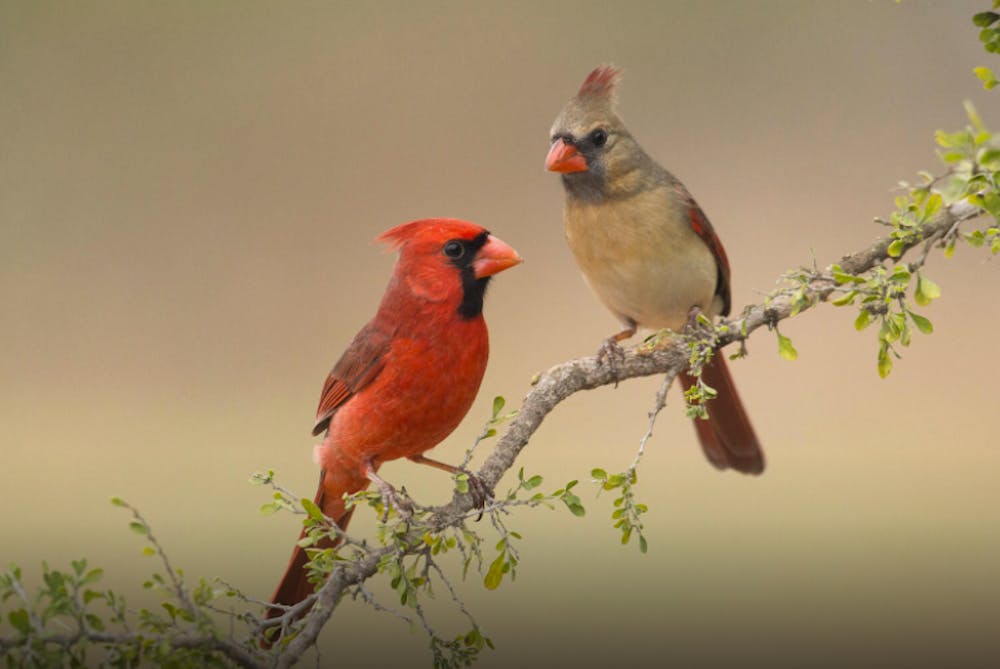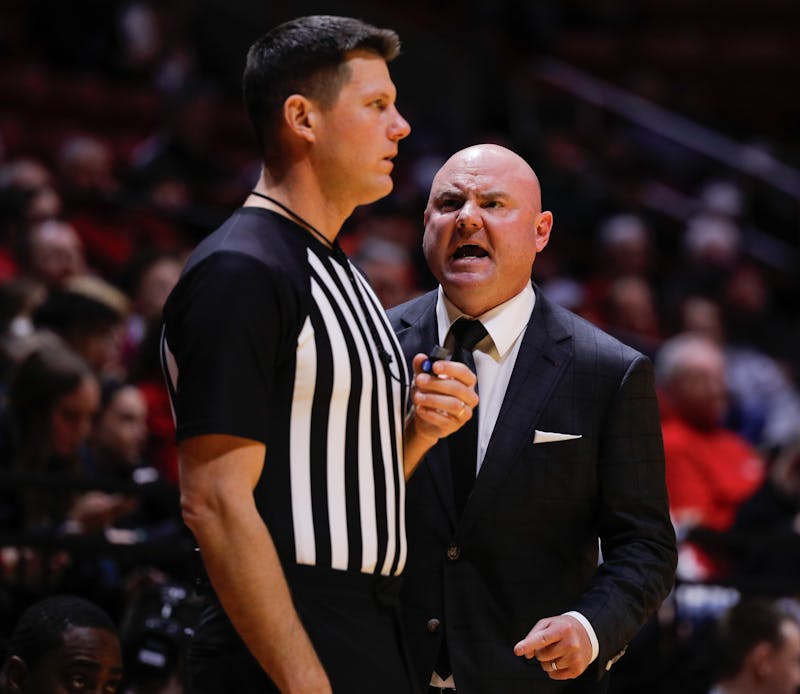The Indiana Department of Natural Resources (DNR) is asking all Hoosiers to remove bird feeders and baths until advised otherwise.
This instruction follows 280 reports of songbirds — including cardinals, robins, starlings, brown-headed cowbirds, grackles and blue jays — becoming ill and dying after contracting an unknown illness.
Sick birds have been reported in 53 counties including Delaware, Grant, Hamilton, Henry, Madison, Marion and Randolph counties. Twenty-three more counties have been identified since July 28.
Reports have also been made in nearby states including Kentucky, Ohio, Pennsylvania, Virginia, West Virginia and Maryland.
The sick birds — first identified in late May in Monroe County — showed neurological signs of illness, eye swelling and crusty discharge. Neurological signs include disorientation, tremors, uncontrollable limbs and "heavy head"— a struggle to hold their heads up.
The DNR is working with the Indiana Animal Disease Diagnostic Laboratory and U.S. Geological Survey’s National Wildlife Health Center to track and identify the illness. Federal agencies and nonprofits including the Smithsonian Institution are also involved due to the phenomenon's scope.
Despite presumptions, Allisyn Gillet, Indiana DNR state ornithologist, said the labs have not found a direct connection between the birds' illness and their cicada consumption.
According to the Scientific American, billions of Brood X cicadas are appearing across the eastern U.S. In 2004, hatched cicadas fell from trees and burrowed into the dirt to tunnel up again 17 years later. The next brood is expected to appear in northern Indiana in 2024.
Submitted bird samples tested for avian influenza and West Nile virus have tested negative for both.
Feeders and baths are suspected to be prime places for illnesses to spread between birds, as they are heavily trafficked places for the species.
"The whole reason for this is because we want birds to be able to socially distance naturally," Gillet said in a July 2 press conference. "When there are feeders, they are immediately attracted to them. They don't have that know-how to think that [congregating] is not okay when there is a disease going around."
Once removed, the DNR asks for bird feeders and baths to be cleaned with a 10-percent bleach solution and air dried.
“I think the best way of just dealing with it is try to prevent transmission, hence why we recommended the statewide recommendation to remove bird feeders and cease feeding altogether, as well as removing bird baths,” Gillet said.
The DNR said it does not expect the removal of feeders to impact wild bird populations.
“There are abundant food resources available to birds at this time of the year including insects, berries, nectar and seeds,” Gillet said. “And birds will shift to those available food sources when feeding is stopped.”
According to the DNR’s website, people are advised to avoid handling the birds and keep pets away from sick birds. If people need to handle the birds, gloves must be worn, placed in a sealed bag and discharged in the household trash once finished.
Gillet said, to her knowledge, no other phenomenon where so many songbirds have died at once has happened before.
"Before my time — I have been working here for 5 years — there was the West Nile virus that occurred in the late 90s and that hit the eastern U.S., causing a lot of specific birds to die — mainly crows and jays," Gillet said.
The labs can't determine if this disease will greatly impact the ecosystem as a whole because wild birds naturally experience illnesses already.
“So far, we are looking at every possible angle of this disease,” Gillet said. “We have made no direct connections between anything quite yet, because we’re waiting on test results.”
Any sick or dead birds should be reported at on.IN.gov/sickwildlife.
Contact Kellyn Harrison with comments at kaharrison@bsu.edu or on Twitter @HarrisonKellyn .





The Daily News welcomes thoughtful discussion on all of our stories, but please keep comments civil and on-topic. Read our full guidelines here.